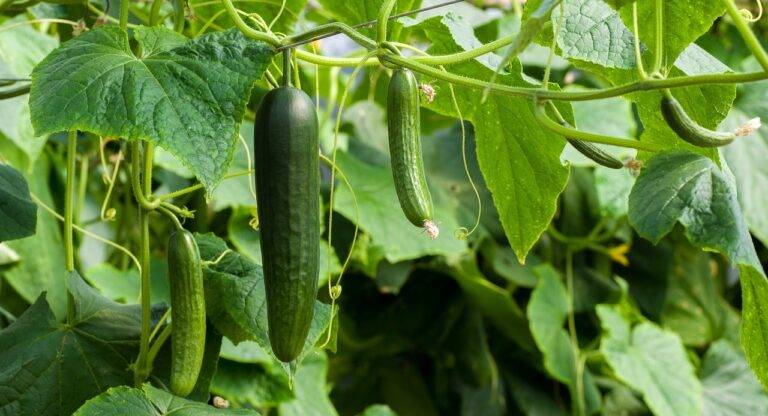The Rise of Urban Farming: Addressing Food Security in Cities
Urban farming has emerged as a promising solution to address food insecurity in urban areas. By utilizing empty lots, rooftops, and even vertical spaces in cities, urban agriculture provides a sustainable way to produce fresh and nutritious food closer to where it is needed most. This decentralized approach to food production not only reduces the carbon footprint associated with transporting food from rural areas but also ensures a more reliable food supply for communities facing food insecurity.
Furthermore, urban farming promotes community engagement and empowerment by involving residents in the cultivation and maintenance of these urban farms. This hands-on involvement not only fosters a greater sense of ownership and pride in the local food system but also helps build valuable skills related to gardening, nutrition, and sustainable living practices. By integrating urban farming initiatives into city planning and development strategies, communities can work towards eradicating food insecurity while simultaneously creating more resilient and connected neighborhoods.
The Benefits of Urban Agriculture
Urban agriculture offers a range of benefits to urban communities. One significant advantage is the increased access to fresh, nutritious produce within city limits. By cultivating crops in urban spaces, such as rooftop gardens or abandoned lots, residents have the opportunity to consume locally grown fruits and vegetables, contributing to a more sustainable and healthy lifestyle. This direct access to fresh produce can also help address issues of food deserts, where access to affordable and nutritious food is limited.
In addition to improving food access, urban agriculture can also stimulate economic development within cities. By creating opportunities for local farming and food production, urban agriculture initiatives can generate employment opportunities and bolster the local economy. Moreover, these projects can revitalize underutilized spaces, turning them into vibrant hubs of community activity and social interaction. The economic benefits of urban agriculture extend beyond individual households, contributing to the overall prosperity and resilience of urban areas.
What is urban agriculture?
Urban agriculture refers to the practice of growing, processing, and distributing food in urban areas. This can include rooftop gardens, community gardens, and urban farms.
How does urban agriculture help address food insecurity?
Urban agriculture provides local, fresh produce to communities that may not have easy access to grocery stores or fresh food. This helps to increase food security and reduce the risk of hunger in urban areas.
What are some of the benefits of urban agriculture?
Some benefits of urban agriculture include improved access to fresh produce, reduced food miles and carbon emissions, increased community engagement, and the promotion of sustainable food systems.
Can anyone participate in urban agriculture?
Yes, urban agriculture can be practiced by individuals, community groups, schools, and businesses. Anyone can get involved in growing food in urban areas, regardless of their level of experience.
Are there any challenges associated with urban agriculture?
Some challenges of urban agriculture can include limited space, soil contamination, zoning regulations, and access to resources. However, with proper planning and support, these challenges can be overcome.





